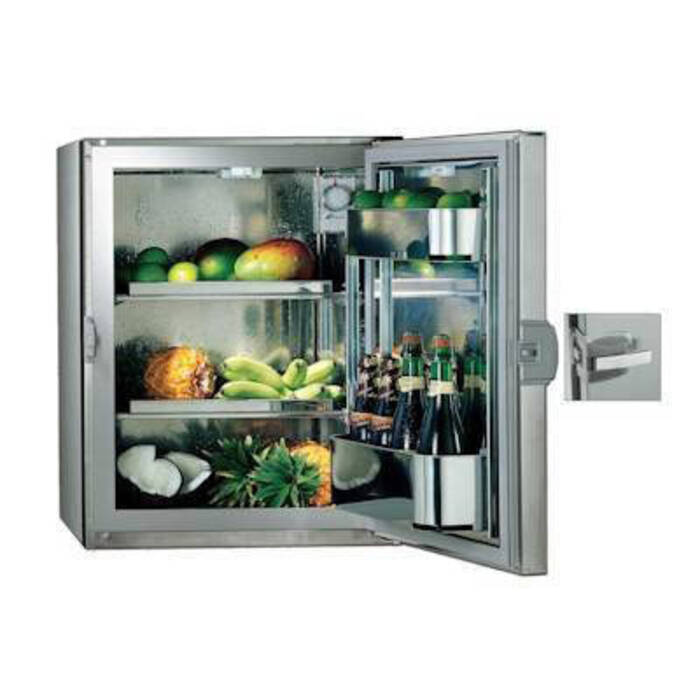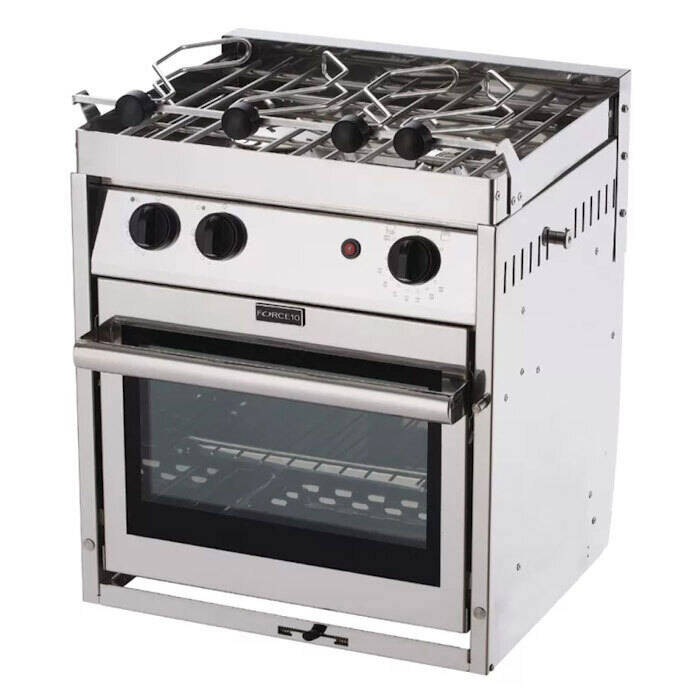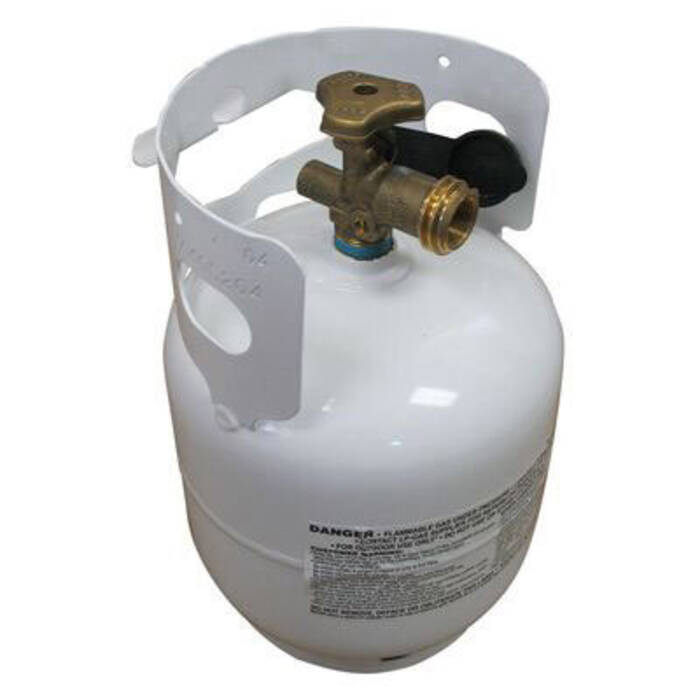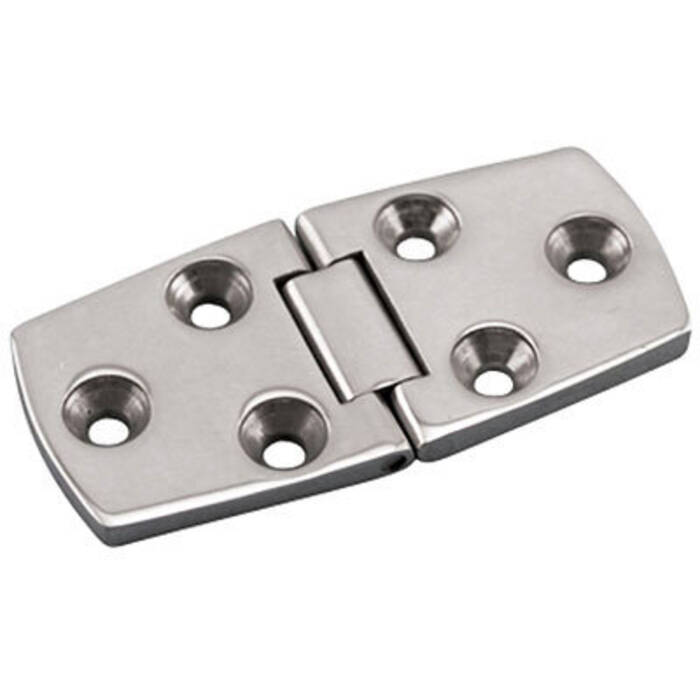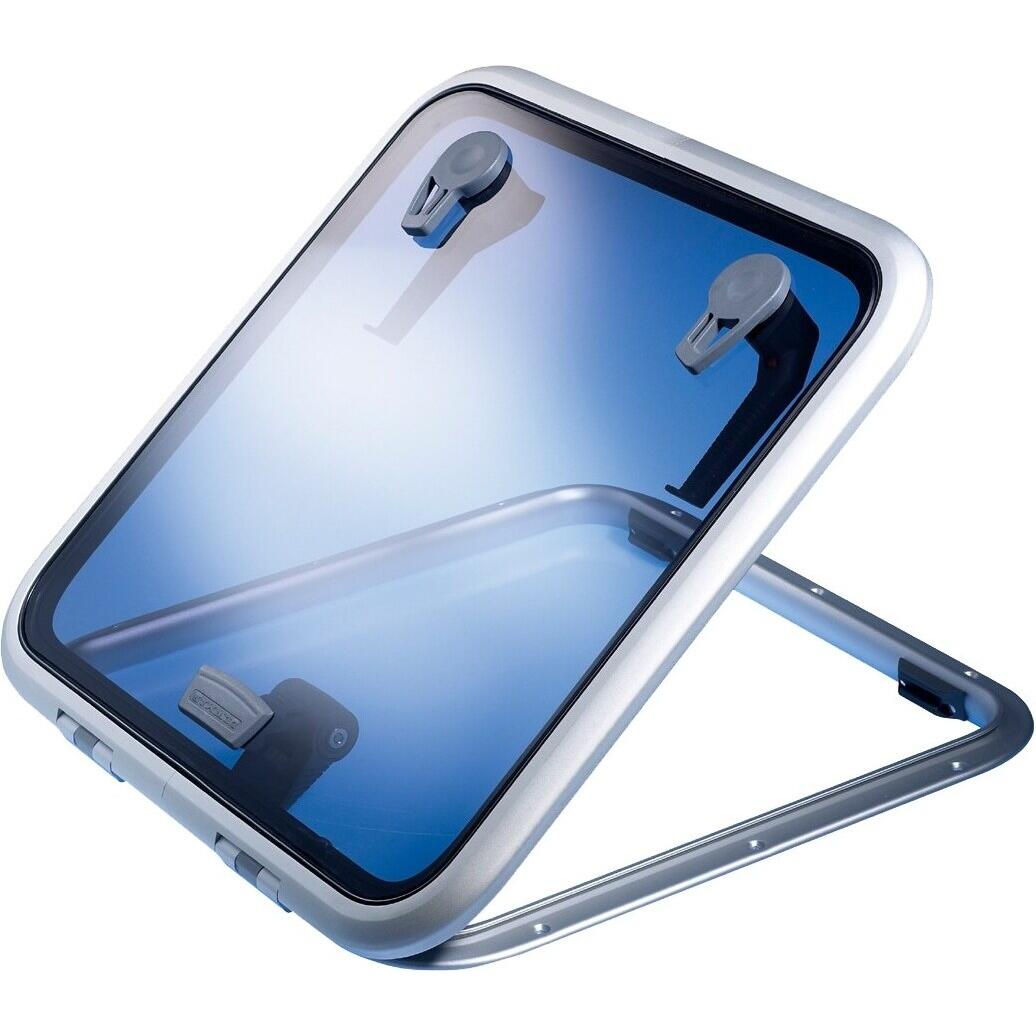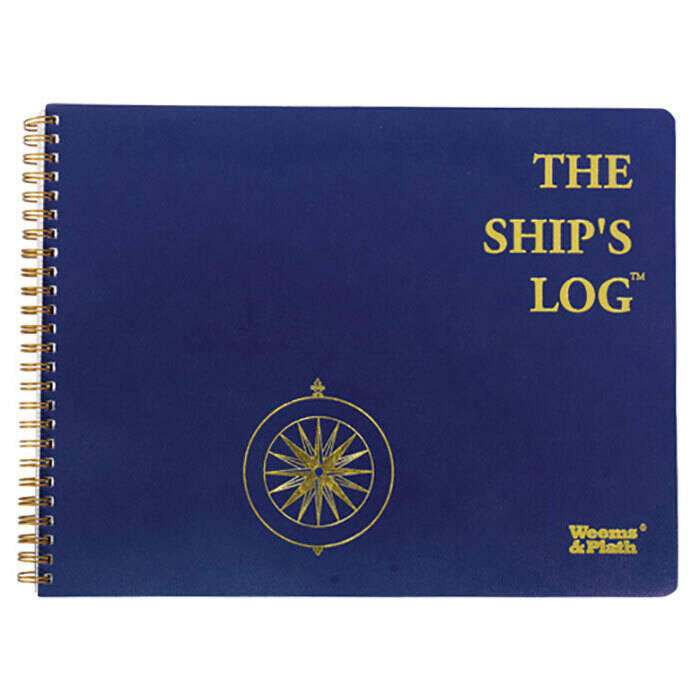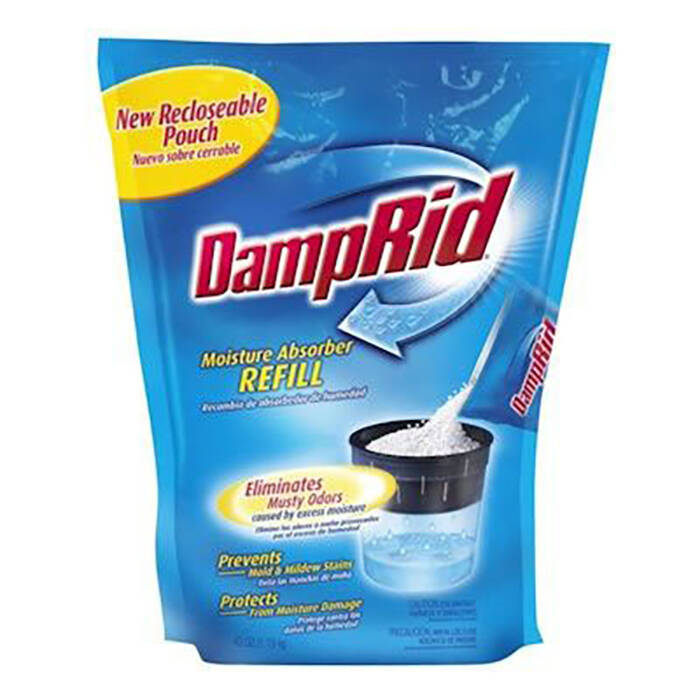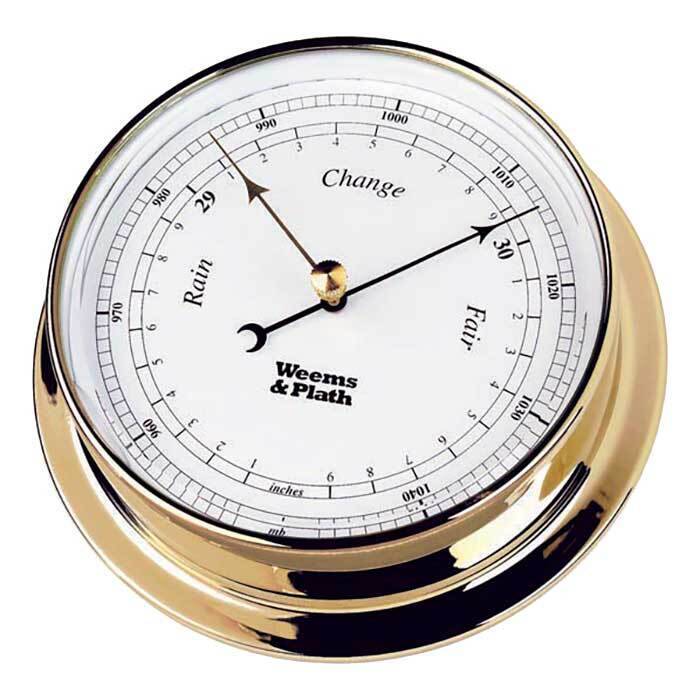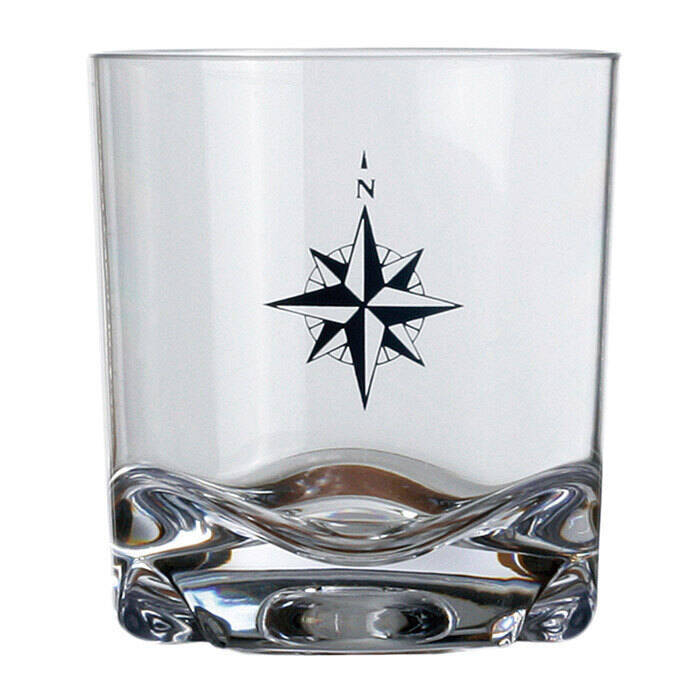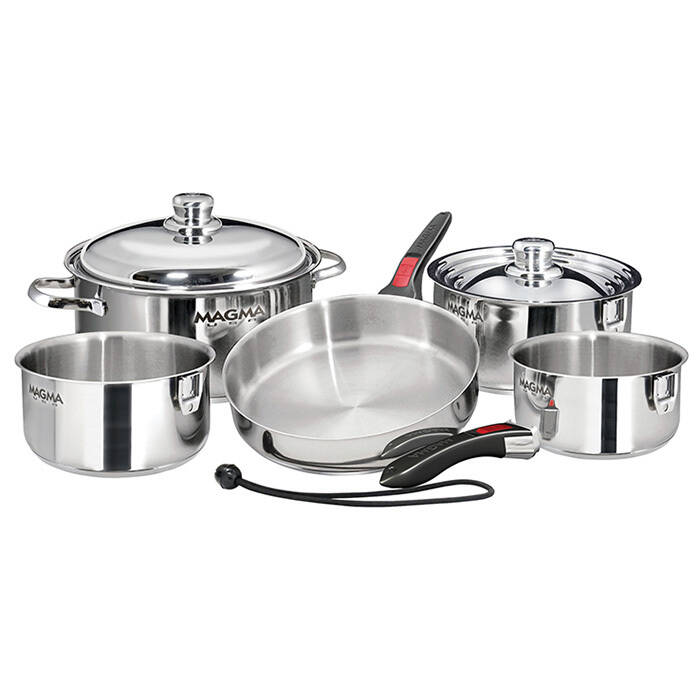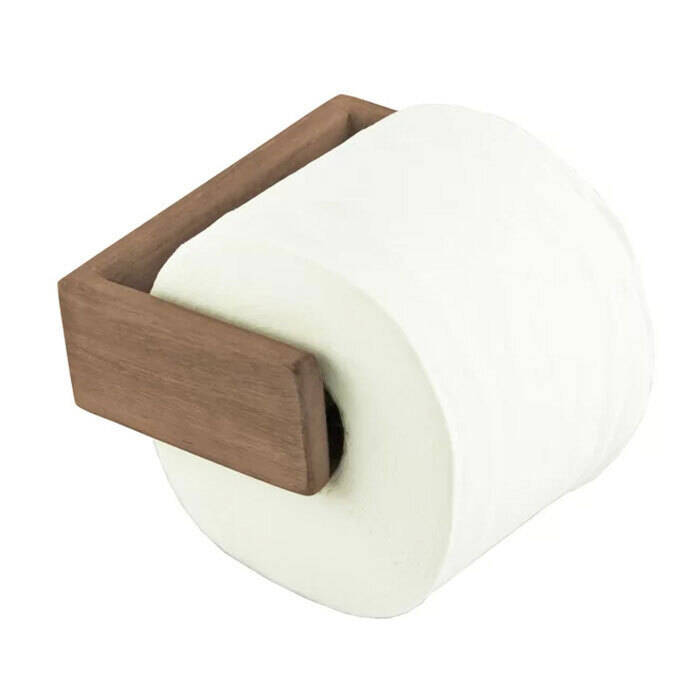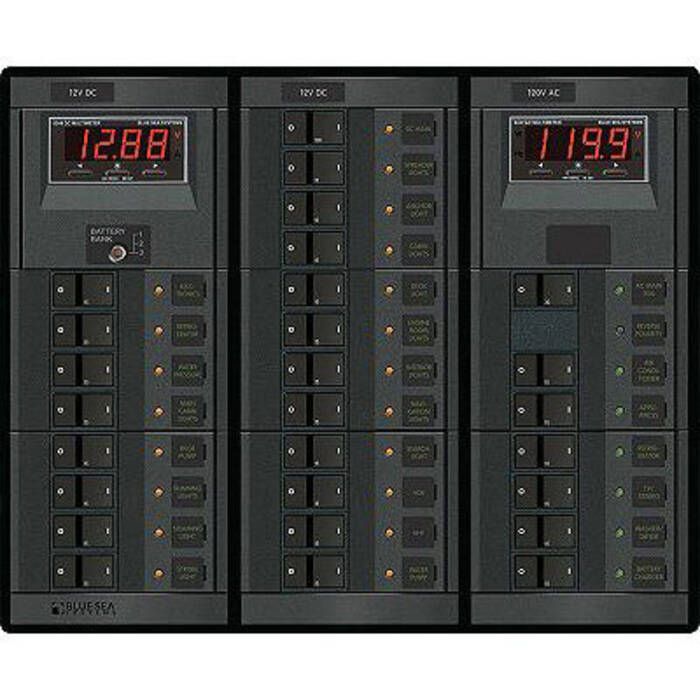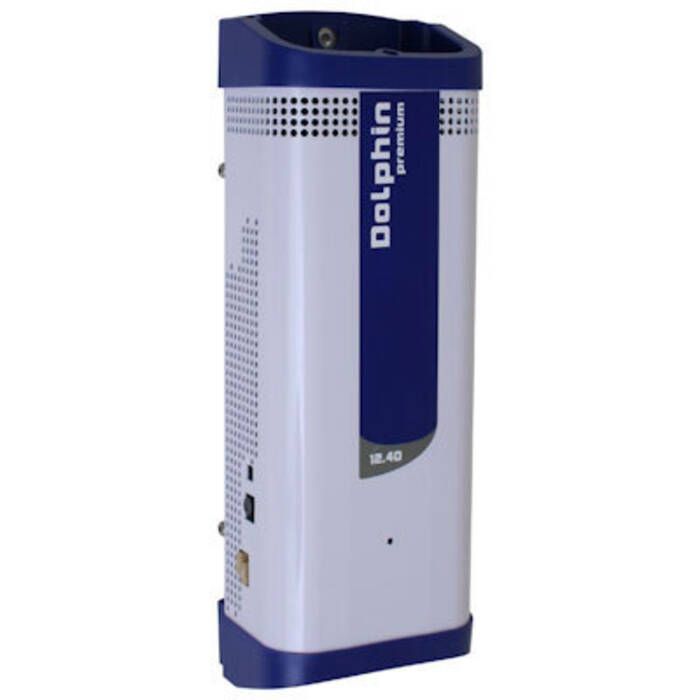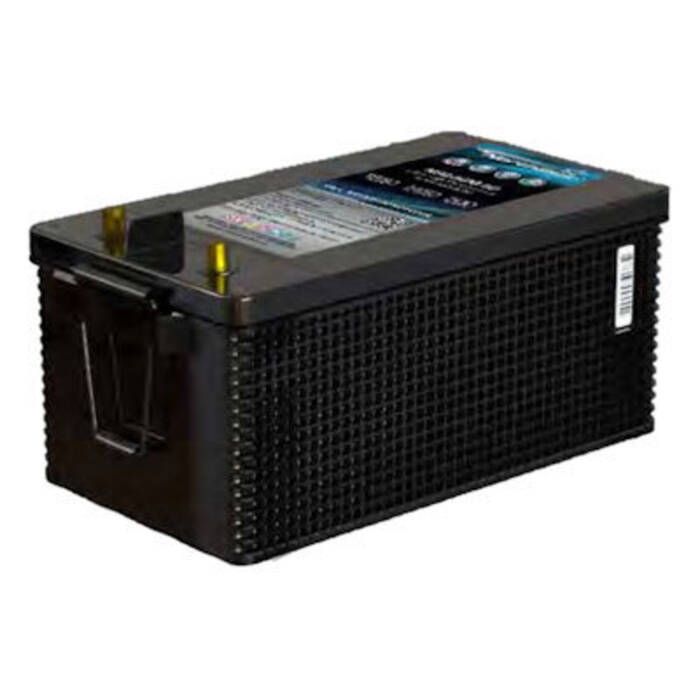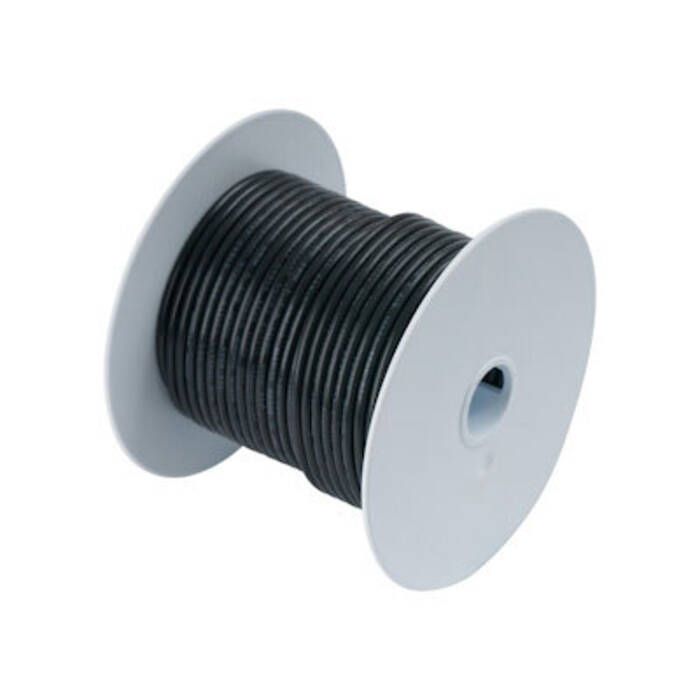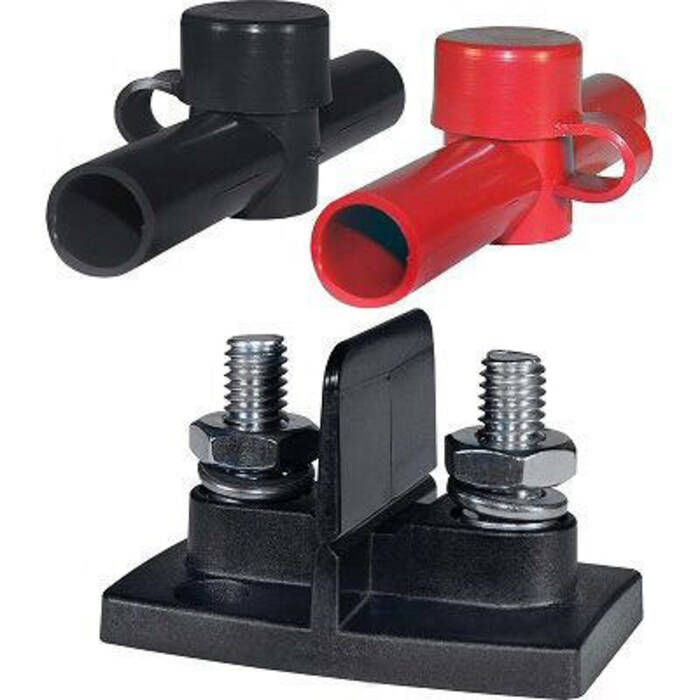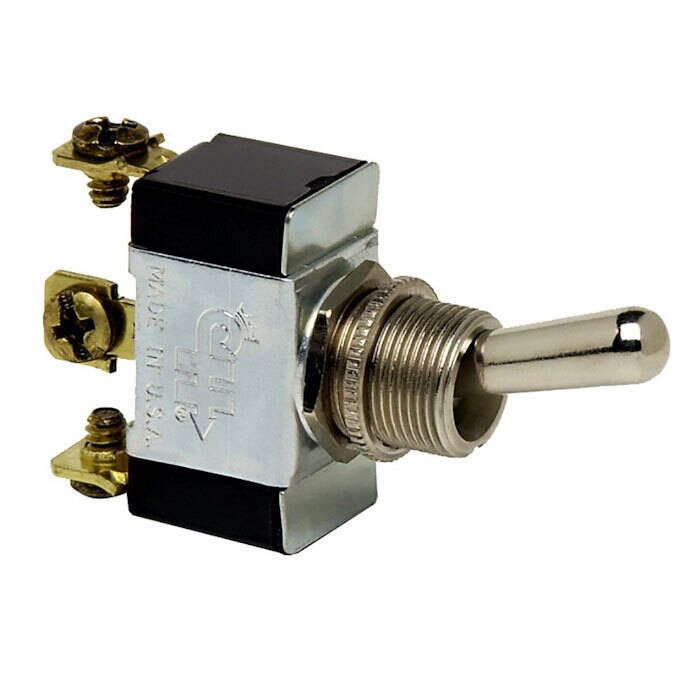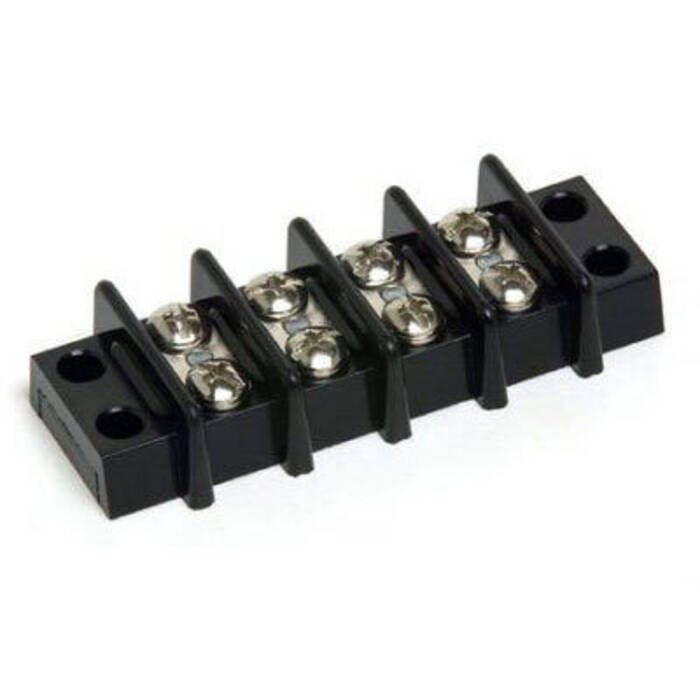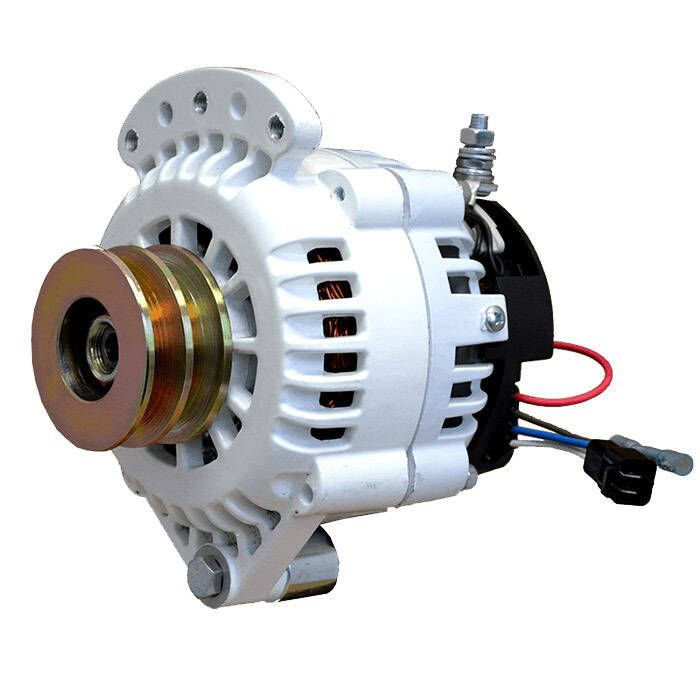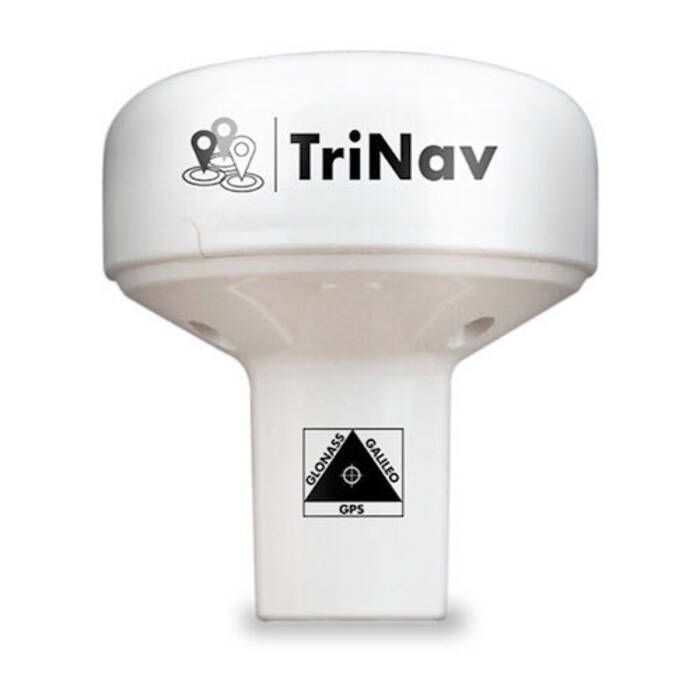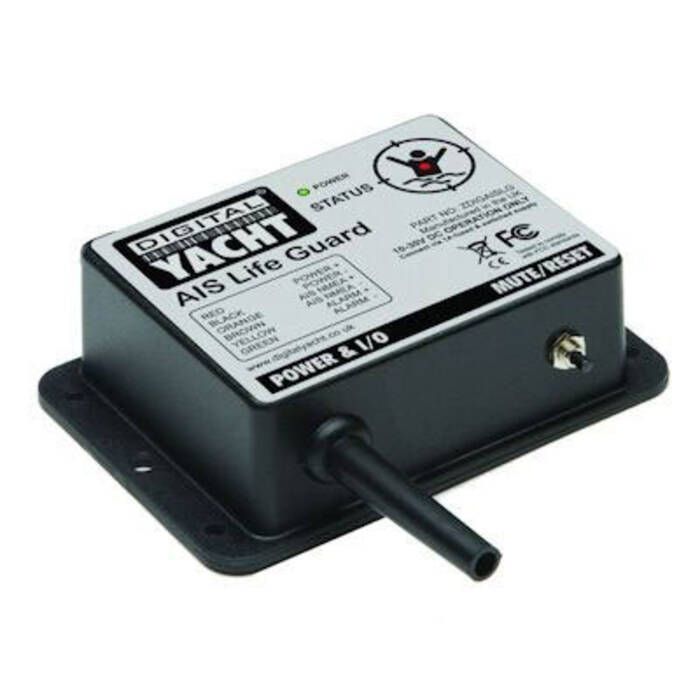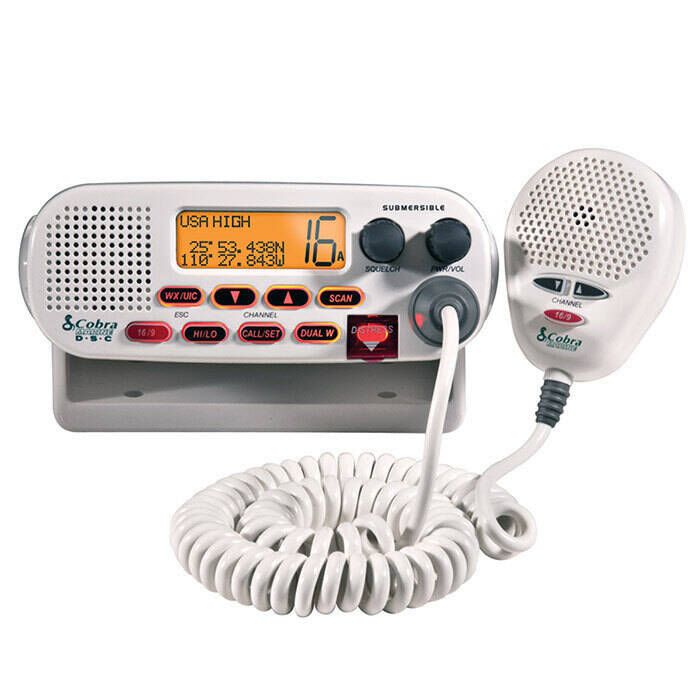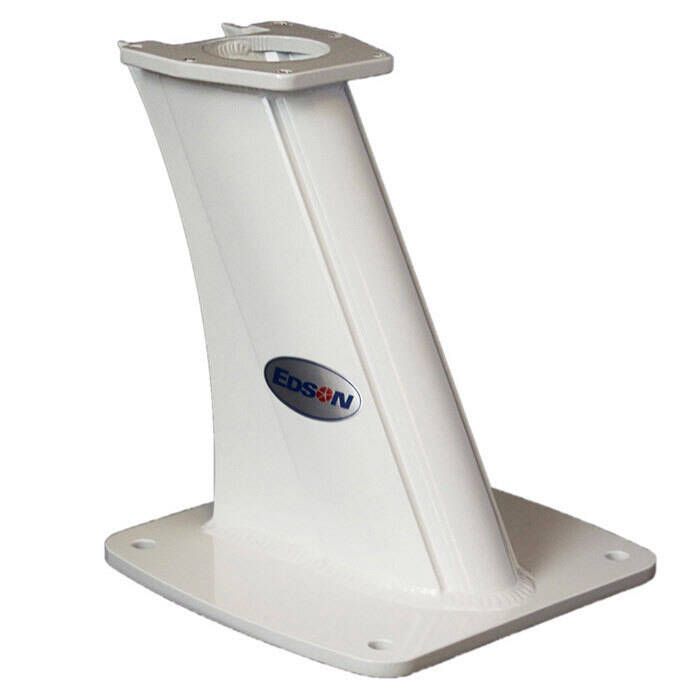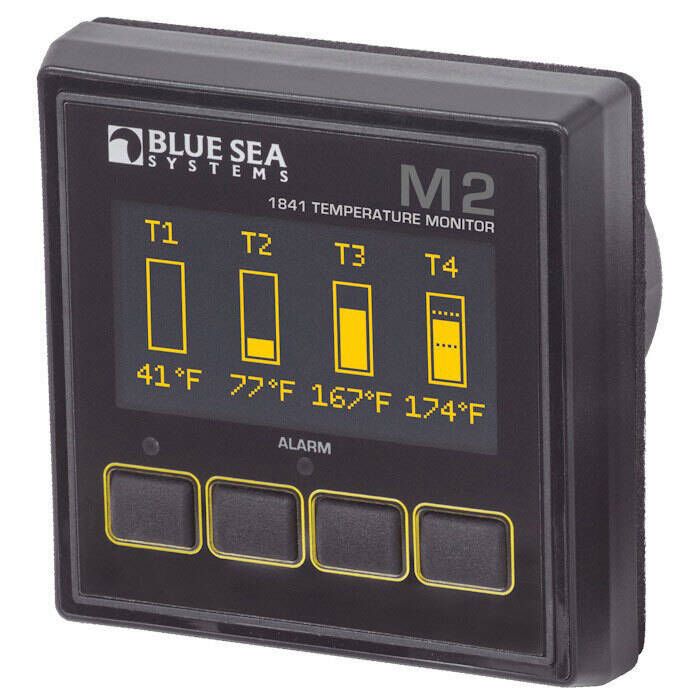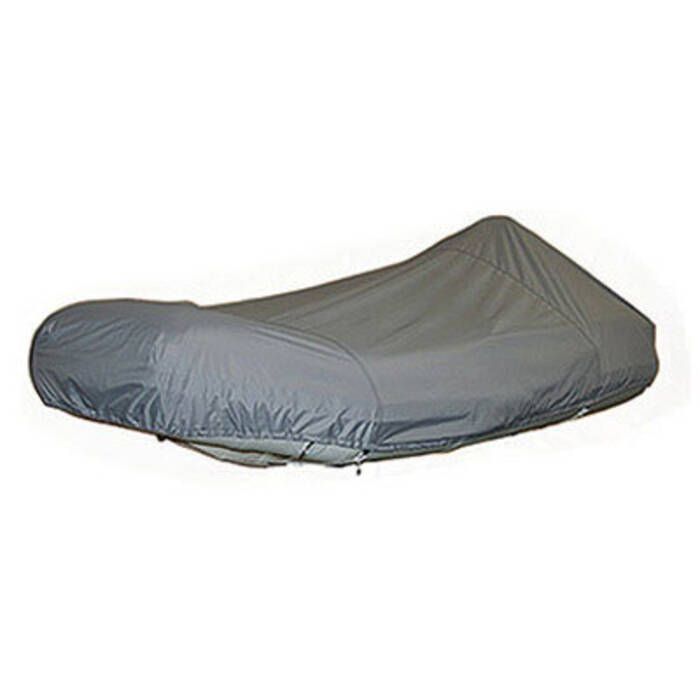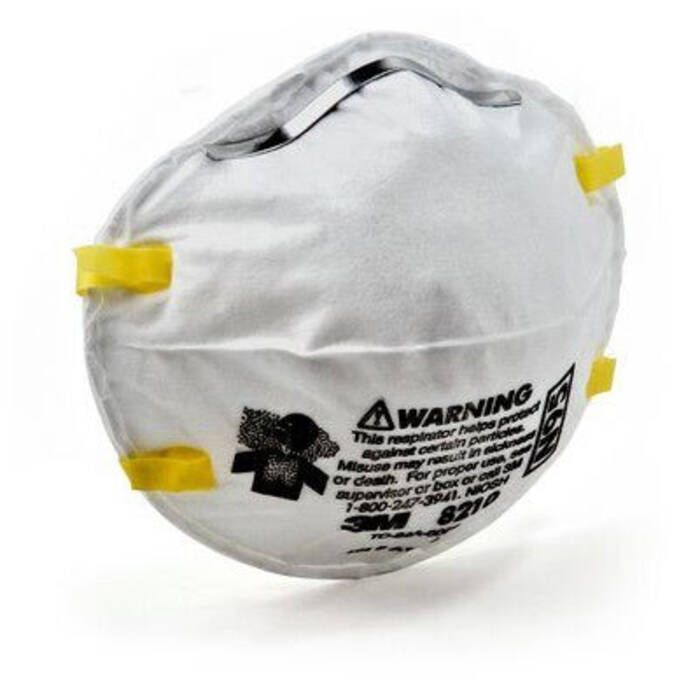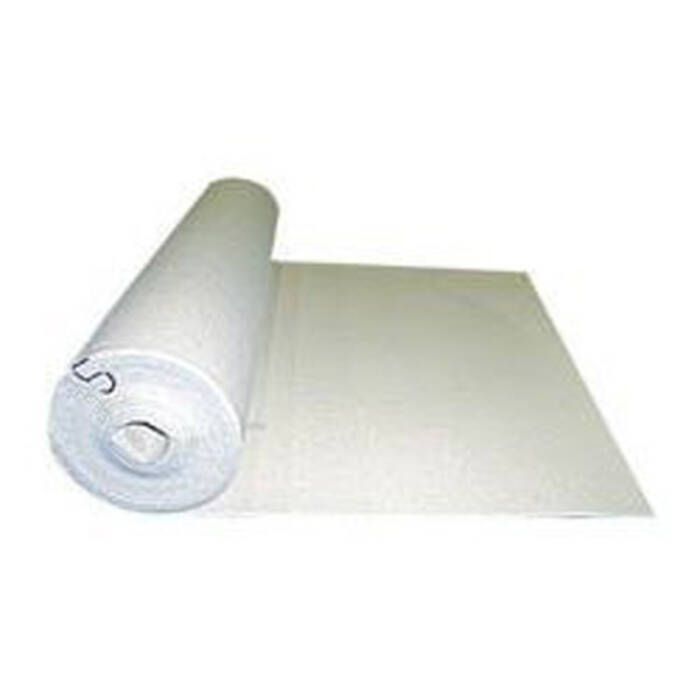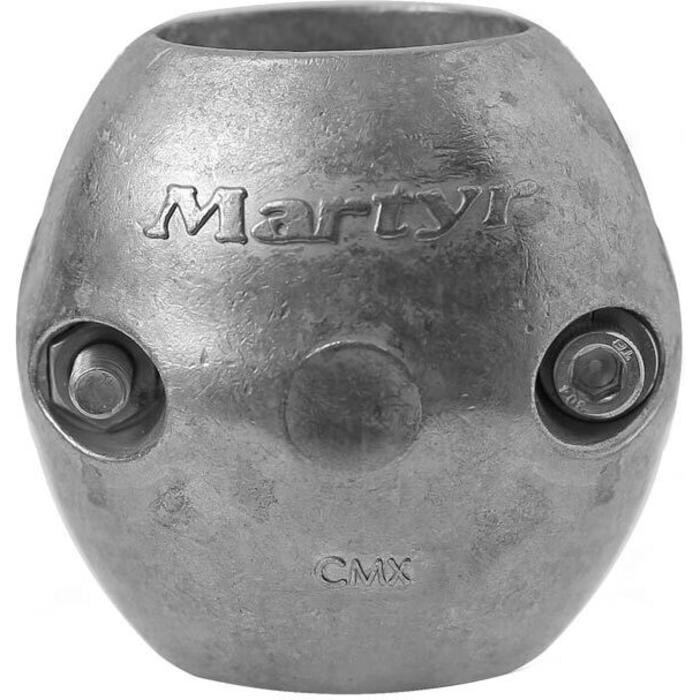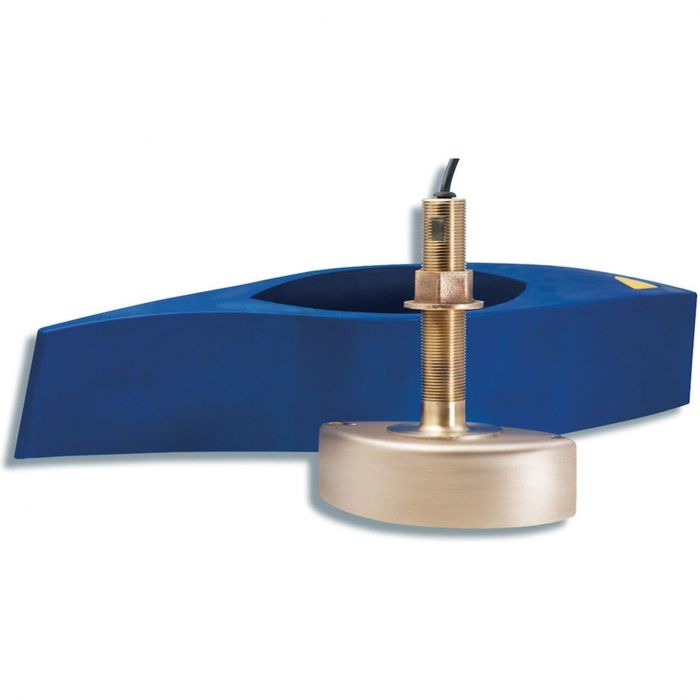-
Toutes les catégories
- Voir Tout
- Magasiner les aubaines
- Magasiner les marques
- Ancrage
- Accessoires d'Ancrage
- Rouleaux et supports d'ancre
- Ancres
- Ancres à griffe
- Ancres charrue fixes
- Ancres pelle à manche fixe
- Ancres grappin
- Ancres à soc articulé
- Ancres charrue articulées
- Ancres champignon
- Ancres d'amarrage
- Ancres pour eaux peu profondes
- Ancres à pic
- Chaînes
- Corde d'ancre
- Corde de quai
- Accessoires pour cordes et chaînes
- Manilles et pivots
- Antifrottements
- Bloque-chaînes et passe-chaînes
- Crochets et anti-chocs
- Manchons
- Accessoires pour cordes et chaînes
- Treuils
- Treuils horizontaux
- Treuils verticaux
- Moteurs de guindeau
- Compteurs de guindeau
- Pièces de rechange pour treuil
- Solénoïdes de treuil
- Commandes de guindeau
- Amarrage du bateau
- Gaffes
- Défenses
- Amortisseurs de bouée
- Amortisseurs trou central
- Amortisseurs spéciaux
- Amortisseurs double œil
- Accessoires pour défenses
- Rail de frottement
- Systèmes propulseurs
- Commandes de propulseurs
- Hélices de propulseur
- Propulseurs
- Tunnels de propulseur
- Composants propulseurs
- Éléments d'amarrage
- Cales
- Lumières de quai
- Accessoires de quai
- Boîtes de quai
- Pare-chocs de quai
- Chariots de quai
- Marches de quai
- Roues de quai
- Fouets de quai
- Bouées de mouillage et accessoires
- Perches de ramassage
- Bateaux
- Composants de bateaux gonflables
- Valves d'air pour bateaux
- Consoles pour bateaux gonflables
- Vidanges et bouchons pour bateaux
- Planchers pour bateaux gonflables
- Anneaux et poignées pour gonflables
- Tubes pour bateaux gonflables
- Sièges et coussins gonflables
- Pompes à gonfler
- Rames et accessoires
- Réparation bateaux gonflables
- Cuisine
- Batteries de Cuisine
- Organisateurs de cuisine
- GPL / Propane
- Petits électroménagers
- Cuisinières et fours
- Plaques de cuisson
- Cuisinières et fours fixes
- Pièces et accessoires pour fours
- Vaisselle
- Services de table
- Couverts, verres et accessoires
- Refroidissement
- Glacières
- Réfrigération
- Systèmes de conversion
- Machines à glace
- Accessoires de réfrigération
- Réfrigérateurs et congélateurs
- Refroidisseurs de vin
- Cabine
- Livres et registres
- Accessoires de salle de bain
- Accessoires pour cabine
- Quincaillerie armoires et tiroirs
- Serrures d'armoire
- Loquets
- Poignées
- Charnières
- Horloges et instruments de météo
- Décor
- Contrôle d'odeurs et d'humidité
- Coffres-forts
- Ventilation
- Climatisation
- Conduits
- Ventilateurs
- Chauffages
- Vents
- Trappes et hublots
- Confort à bord
- Tauds Bimini et quincaillerie
- Toile
- Revêtement de sol
- Sièges, coussins et quincaillerie
- Sièges pliants
- Sièges de barre
- Poteaux d'appui
- Chaises de pêche
- Chaises de pont
- Housses de siège et coussins
- Quincaillerie pour sièges et chaises
- Tables et quincaillerie
- Étiquette marine
- Contrôle des oiseaux
- Drapeaux et accessoires
- Voir Tout
- Magasiner les aubaines
- Magasiner les marques
- Distribution électrique
- Barres omnibus et borniers
- Fusibles
- Blocs de fusibles
- Moniteurs et compteurs
- Fiches et prises
- Panneaux électriques
- Panneaux AC
- Panneaux DC
- Accessoires pour panneaux
- Interrupteurs
- Interrupteurs de batterie
- Interrupteurs d'allumage
- Interrupteurs coupe-circuit et câbles
- Contrôleurs et gradateurs
- Interrupteurs à bascule et poussoir
- Interrupteurs à bouton et poussoir
- Interrupteurs rotatifs
- Interrupteurs à levier
- Disjoncteurs
- Alimentation de quai
- Adaptateurs d'alimentation de quai
- Jeux de câbles d'alimentation
- Bornes d'alimentation de quai
- Isolateurs galvaniques
- Accessoires alimentation quai
- Connecteurs alimentation quai
- Prises alimentation quai
- Énergie solaire
- Régulateurs de charge
- Accessoires solaires
- Panneaux solaires
- Autre électrique
- Batteries et accessoires
- Batteries
- Accessoires et câbles de batterie
- Chargeurs et onduleurs
- Combineurs de batterie
- Transformateurs
- Chargeurs de batterie
- Onduleurs et convertisseurs
- Outils et testeurs électriques
- Fils électriques
- Démarreurs d'appoint
- Cosses et borniers
- Gestion des fils
- Éclairage
- Projecteurs et accessoires
- Projecteurs
- Pièces de projecteurs
- Lumières de pont et de projecteur
- Lumières de quai
- Lampes de poche et lampes frontales
- Éclairage général et cabine
- Lumières de lecture et de carte
- Lumières de dôme
- Lumières courtoisie et accent
- Éclairage à bande
- Lumières utilitaires et de travail
- Lumières de navigation et composants
- Feux de mât à 225 degrés
- Feux tout horizon
- Composants pour feux de navigation
- Feux de navigation portables
- Feux de côté
- Feux de poupe
- Feux de mât tricolores
- Éclairage sous-marin
- Ampoules de rechange
- Voir Tout
- Magasiner les aubaines
- Magasiner les marques
- Communications
- Pièces et accessoires d'antenne
- Câbles et réseautage
- Cellulaire et WiFi
- Systèmes de communication intercom
- Radios SSB / Bande latérale unique
- Radios VHF
- Radios VHF fixes
- Radios VHF portatives
- Antennes VHF
- Communication par satellite
- Surveillance navire
- Navigation
- Instruments
- Instruments de profondeur
- Supports d'instruments
- Instruments multifonctions
- Transducteurs et capteurs
- Instruments de vitesse
- Instruments de vent
- Stations météo
- AIS (Système d'identification auto)
- Antennes AIS
- Récepteurs AIS
- Transpondeurs AIS
- Pilotes automatiques
- Accessoires pour pilote automatique
- Contrôleurs de pilote automatique
- Packs centraux de pilote auto
- Moteurs et pompes de pilote auto
- Capteurs de cap pour pilote auto
- Systèmes de pilote automatique
- Compas
- Affichages et traceurs de cartes
- Modules sonar boîte noire
- Combos de sondeurs
- Transducteurs de sondeurs
- Écrans multifonctions
- Sondeurs autonomes
- Cartes électroniques
- GPS portatif
- Affichages et traceurs de cartes
- Modules sonar boîte noire
- Antennes GPS
- Écrans multifonctions
- Accessoires écran multifonction
- Météo satellite
- Traceur-sondeur
- Sondeurs autonomes
- Transducteurs de sondeurs
- Accessoires pour transducteurs de sondeurs
- Cartes papier
- Outils de traçage
- Radars
- Radars en réseau
- Câbles radar et alimentations
- Radars autonomes
- Supports pour radar et satellite
- Accessoires pour supports
- Supports de mâts et de poteaux
- Tours et socles
- Aides à la navigation
- Jumelles
- Divertissement
- Audio
- Antennes AM/FM
- Amplificateurs
- Câblage et composants audio
- Haut-parleurs et caissons
- Supports haut-parleurs
- Systèmes stéréo et contrôleurs
- Caméras et composants
- Supports et boîtiers d'affichage
- Téléviseurs, récepteurs et antennes
- Performance
- Composants du moteur
- Supports et châssis de moteur
- Pompes à eau de moteur
- Composants échappement
- Carburant
- Carburateurs
- Réservoirs de carburant fixes
- Séparateurs de carburant et polisseurs
- Filtres à carburant
- Pinces et raccords de carburant
- Conduites de carburant
- Pompes à carburant
- Réservoirs de carburant portables
- Évents réservoir
- Additifs carburant
- Hélices et moyeux
- Joints et bouchons
- Arbre de transmission
- Alternateurs et accessoires
- Alternateurs
- Régulateurs d'alternateur
- Entretien
- Refroidissement moteur
- Huile et fournitures moteur
- Huile moteur
- Huile de transmission
- Changeurs d'huile
- Filtres à huile
- Pompes à huile
- Bougies d'allumage et fils
- Isolation phonique et thermique
- Pièces pompe moteur
- Démarreurs et solénoïdes
- Collecteurs d'échappement
- Sondeurs
- Modules sonar boîte noire
- Combos de sondeurs
- Transducteurs de sondeurs
- Accessoires pour transducteurs de sondeurs
- Écran sonar intégré
- Sondeurs autonomes
- Chaises de pêche
- Bas de ligne
- Outils pêche
- Matériel de pêche
- Hameçons
- Poids et plombs
- Moteurs de traîne
- Traîne en eau douce
- Traîne en eau salée
- Pièces moteurs de traîne
- Supports cannes
- Tables appâts et filets
- Viviers à appâts et réservoirs à poissons
- Pompes viviers
- Lignes de pêche
- Filets et grappins
- Moulinets de pêche
- Leurres et appâts
- Leurres durs
- Leurres souples
- Tangons et treuils de pêche
- Outriggers
- Accessoires downrigger
- Downriggers
- Accessoires downrigger
- Porte-cannes
- Ancres pour eaux peu profondes
- Boîtes à pêche
- Éclairage sous-marin
- Voir Tout
- Magasiner les aubaines
- Magasiner les marques
- Entretien de la coque
- Calfeutrage et adhésifs
- Outils pour mastic et adhésifs
- Anodes
- Anodes de dégivrage
- Anodes hélices
- Anodes arbre et gouvernail
- Anodes chauffe-eau et réfrigération
- Anodes de Moteur
- Anodes de Coque
- Anodes de Propulseur
- Fibre de verre et époxy
- Mastics
- Résines et durcisseurs
- Fournitures pour fibre de verre
- Outils de mélange et d'application
- Graisses et lubrifiants
- Produits nettoyage bateau
- Nettoyants cale
- Savons bateau
- Nettoyants toile
- Nettoyants pont
- Nettoyants coque
- Nettoyants gonflables
- Anti-moisissure
- Nettoyants multi
- Nettoyants spéciaux
- Nettoyants vinyle
- Tuyaux et accessoires eau
- Cires, scellants et vernis
- Brosses, serpillières et outils de nettoyage
- Entretien bois
- Fournitures
- Fixations
- Rubans adhésifs
- Teck et Tribord
- Immatriculation, numéros et pochoirs
- Couteaux et outils
- Peinture et fournitures
- Peintures pour œuvres mortes
- Peintures pour coques
- Peinture pour moteurs et sous le pont
- Antidérapant
- Vernis et finition du bois
- Apprêts et préparations de métal
- Diluants, déparaffineurs et additifs
- Décapants de peinture
- Pinceaux et outils de peinture
- Vêtements de protection et de peinture
- Stockage et hivernage
- Antigel
- Berceaux pour bateaux
- Housses et bâches
- Dégivreurs et aérateurs
- Contrôle d'odeurs et d'humidité
- Film rétractable et accessoires
- Corde utilitaire et cordon de choc
- Outils pour hivernage
- Pompes
- Pompes de circulation pour clim
- Pompes pour viviers et appâts
- Pompes de cale
- Pompes pour système d'eau douce
- Pompes manuelles
- Pompes pour eaux grises et puisards
- Pompes utilitaires
- Pompes de lavage
- Pompes à déchets et macérateurs
- Composants pompes marines
- Réservoirs accumulateurs
- Moniteurs de cale
- Turbines
- Pièces pour pompes de cale
- Pièces pour pompes à eau douce
- Outils de plomberie
- Raccords traversants
- Vannes
- Chauffe-eau et composants
- Filtres à eau
- Systèmes eau et dessalement
- Gestion des déchets
- Composants de toilettes
- Toilettes
- Traitement déchets
- Réservoirs d'eau / de déchets
- Réservoirs flexibles pour eau
- Accessoires pour réservoirs
- Réservoirs rigides pour eau
- Moniteurs de réservoirs
- Produits chimiques pour plomberie
- Sécurité incendie
- Détecteurs
- Extincteurs et accessoires
- Extincteurs fixes
- Extincteurs portables
- Accessoires pour extincteurs
- Sécurité et survie
- Gilets de sauvetage et VFI
- VFI commerciaux
- VFI gonflables
- VFI standards
- Accessoires gilets de sauvetage
- Gilets pour animaux
- Combinaisons d'immersion
- Longes, harnais et lignes de levage
- Radeaux de sauvetage
- Communication et signalisation
- Balises détresse
- PLB et SART
- Fusées éclairantes, lumières de secours et signaux
- Fusées éclairantes
- Lumières et signaux personnels
- Fusées électroniques
- Klaxons, cloches et sifflets
- Accessoires homme à la mer
- Réflecteurs radar
- Premiers secours
- Échelles d'urgence
- Bouchons d'urgence / Réparations
- Sacs poubelle
- Premiers soins
- Ancres flottantes
- Voir Tout
- Magasiner les aubaines
- Magasiner les marques
- Raccords de pont
- Taquets et coinceurs
- Taquets à came et taquets coinceurs
- Taquets-piano
- Coinceurs à corde
- Quincaillerie de voile
- Quincaillerie à œil
- Drisses et manilles en D
- Manilles et mousquetons
- Goupilles clevis et fendues
- Manilles rapides
- Manilles souples et boucles
- Barres franche
- Voiles et gréement
- Poulies
- Accessoires pour poulies
- Poulies latérales et à pied
- Poulies verticales et de renvoi
- Poulies doubles
- Poulies à violon
- Poulies simples
- Poulies à croc
- Poulies triples
- Autres poulies
- Organisateurs de pont
- Filoirs et anneaux
- Câbles et lignes de vie
- Enrouleurs et composants
- Cordage
- Cordage - Voile de performance
- Cordage - Voile récréative
- Accessoires cordages voile
- Mât et bôme
- Outils de gréement
- Contrôle des voiles
- Treuils et composants de voile
- Kits de conversion électrique
- Treuils de voile
- Manivelles de treuil
- Pièces de treuil et kits de service
- Rails, renvois et chariots
- Rails
- Renvois et chariots de rail
- Systèmes de chariot
- Tangons pour spinnaker et bout-dehors
- Accessoires de voile
- Instruments
- Inclinomètres
- Indicateurs de vent
- Remorques à bateaux
- Lits et rouleaux
- Supports lits et rouleaux remorque
- Lits de remorque
- Guides de remorque
- Rouleaux et butées remorque
- Protections de quille
- Accessoires de remorque
- Freins et moyeux remorque
- Quincaillerie d'essieu
- Roulements et joints
- Contrôleurs de frein
- Essieux de remorque
- Freins de remorque
- Moyeux de remorque
- Pare-battages et marches remorque
- Attelages, accouplements et supports boule
- Verrous d'accouplement
- Accouplements
- Boules d'attelage
- Broches d'attelage
- Chaînes de sécurité
- Supports de boule remorque
- Attelages de remorque
- Crics de remorque
- Éclairage et câblage remorque
- Adaptateurs électriques remorque
- Feux de remorque
- Câblage remorque
- Suspension de remorque
- Arrimages de remorque
- Roues et pneus de remorque
- Treuils de remorque
- Cabine et cuisine
-
Électricité

- Feux de navigation et composants
- Éclairage général
- Projecteurs
- Lumières de pont et projecteurs
- Éclairage sous-marin
- Ampoules de rechange
- Plus d'éclairage...
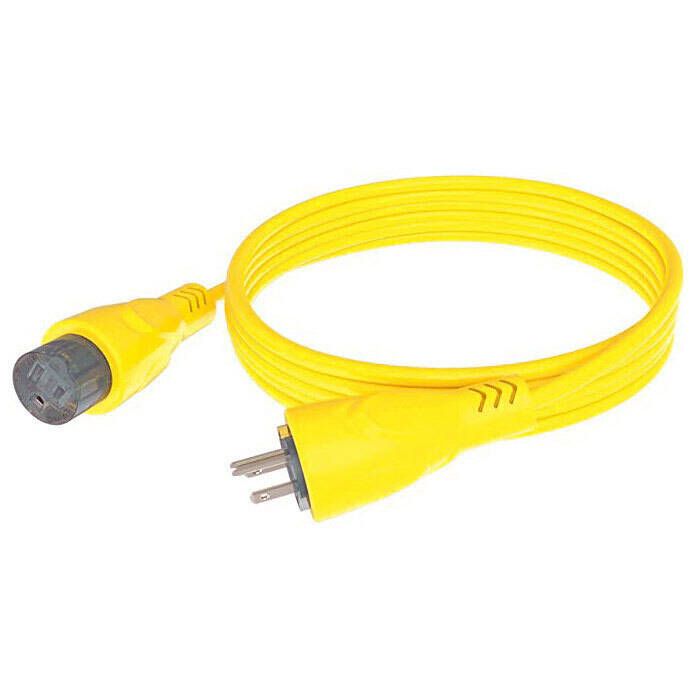
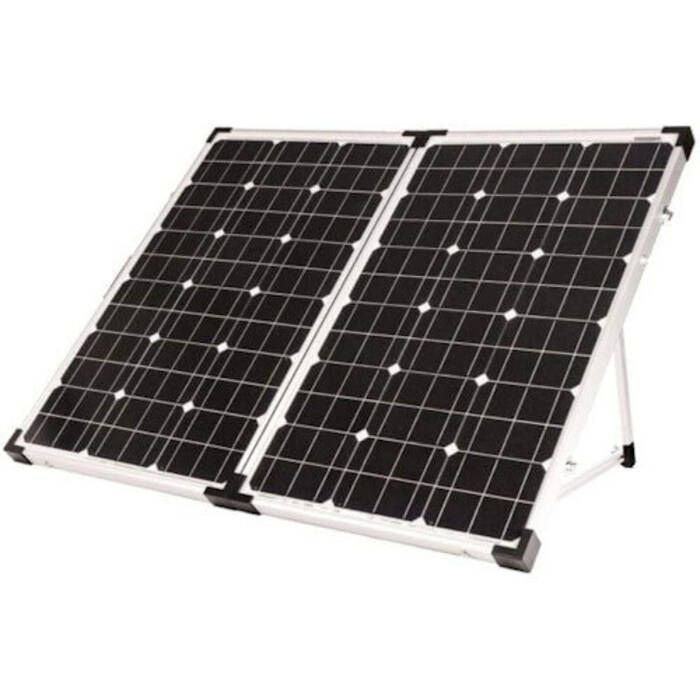
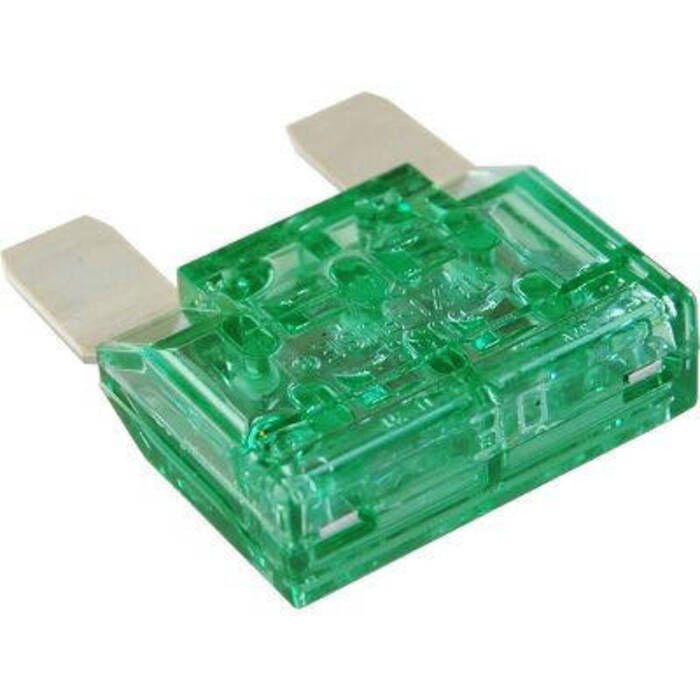
-
Électronique
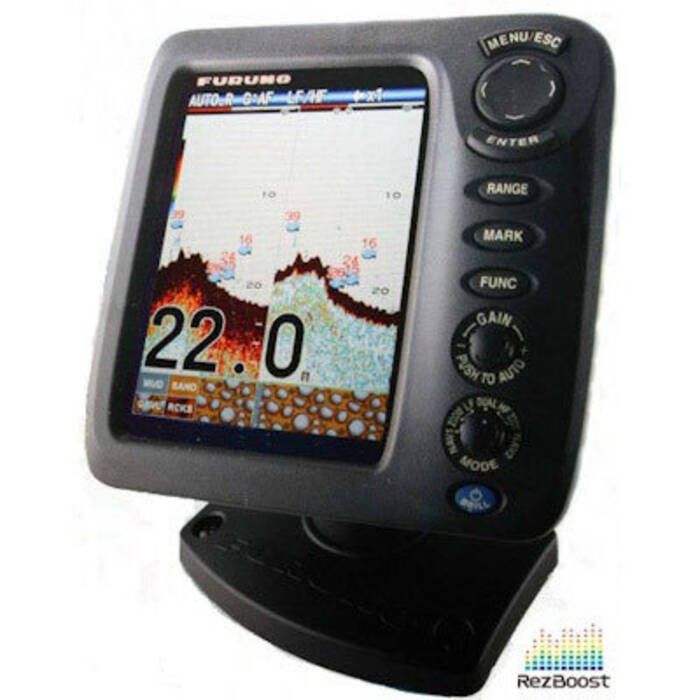
- Affichages multifonctions
- Transducteurs de sondeur
- Combos sondeur
- Cartes électroniques
- Plus d'affichages sondeurs et traceurs...

- Systèmes de pilote automatique
- Entraînements et pompes de pilote automatique
- Kits de base de pilote automatique
- Contrôleurs de pilote automatique
- Accessoires de pilote automatique
- Plus de pilotes automatiques...
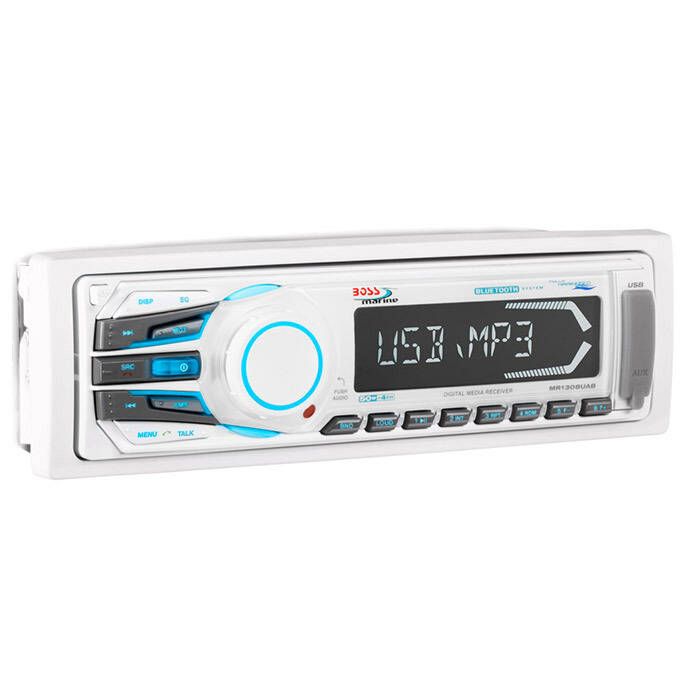
-
Entretien
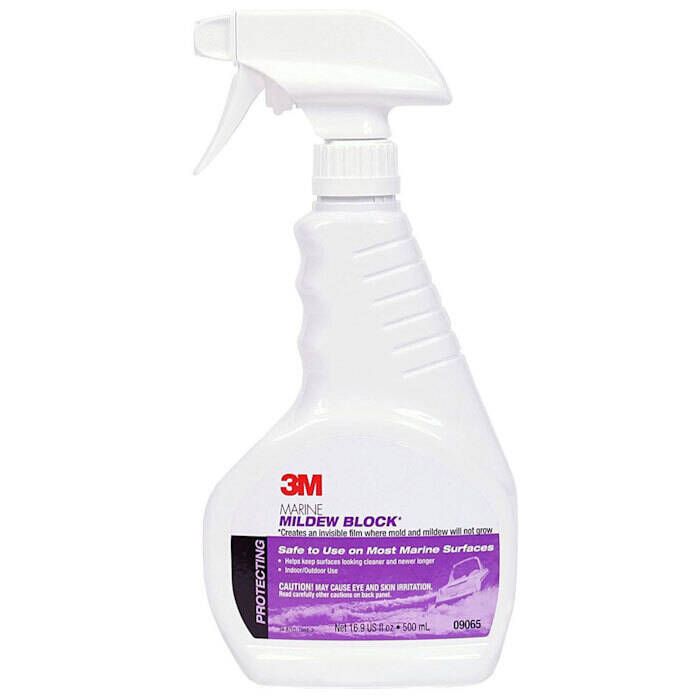
- Nettoyants cale
- Savons bateau
- Nettoyants pont
- Nettoyants coque
- Nettoyants pour bateaux gonflables
- Nettoyants multi-usage
- Cires, scellants et vernis
- Plus de produits nettoyage bateau...
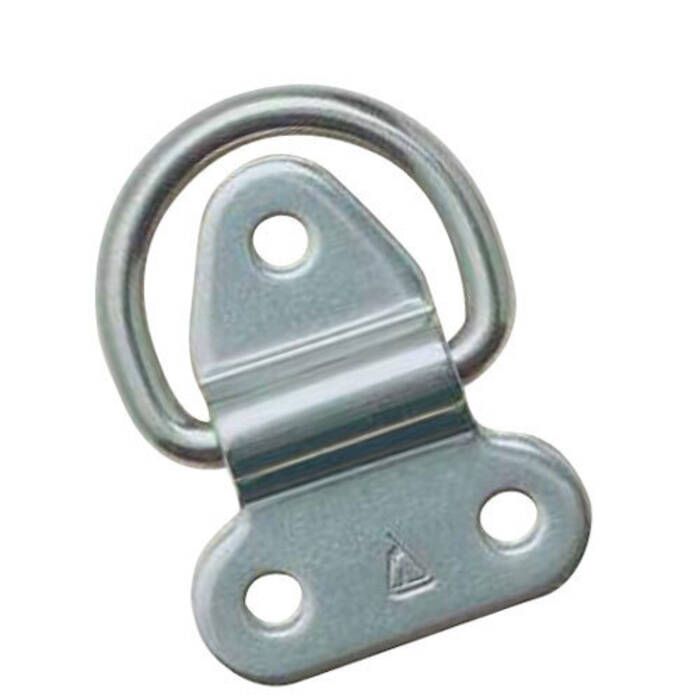
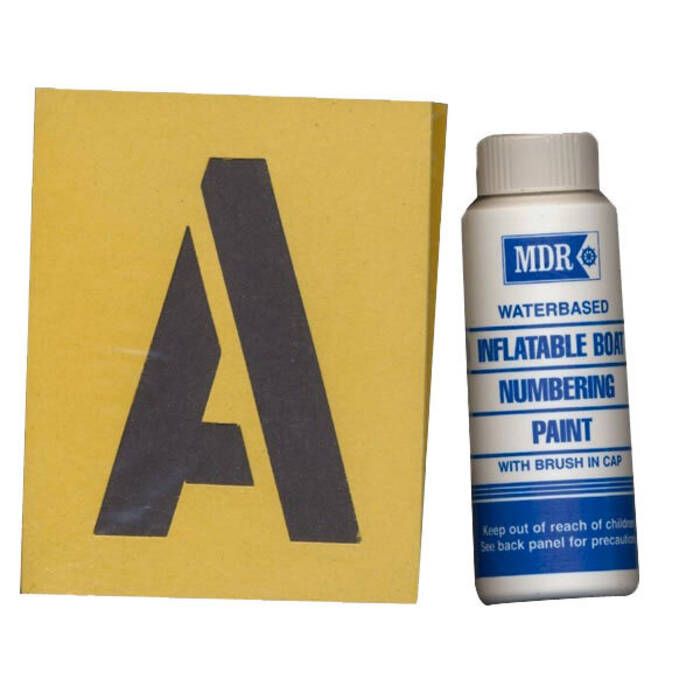
Change Locale



Informations
Contactez-nous
Ressources
2025 © Defender Canada. All Rights Reserved.
